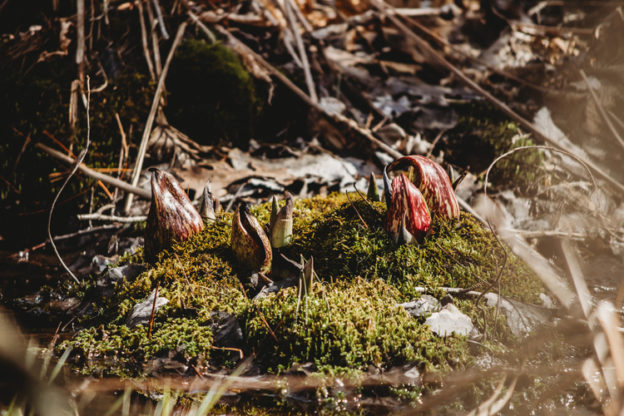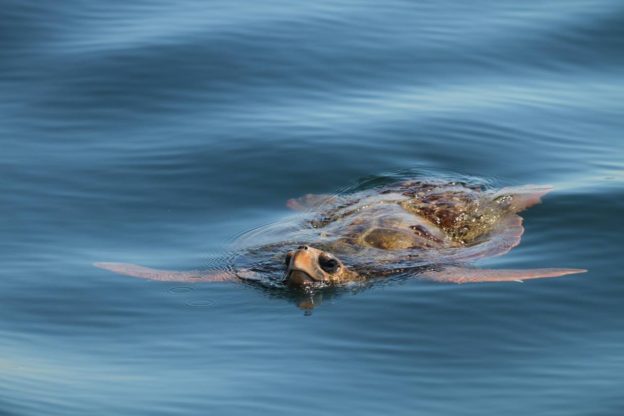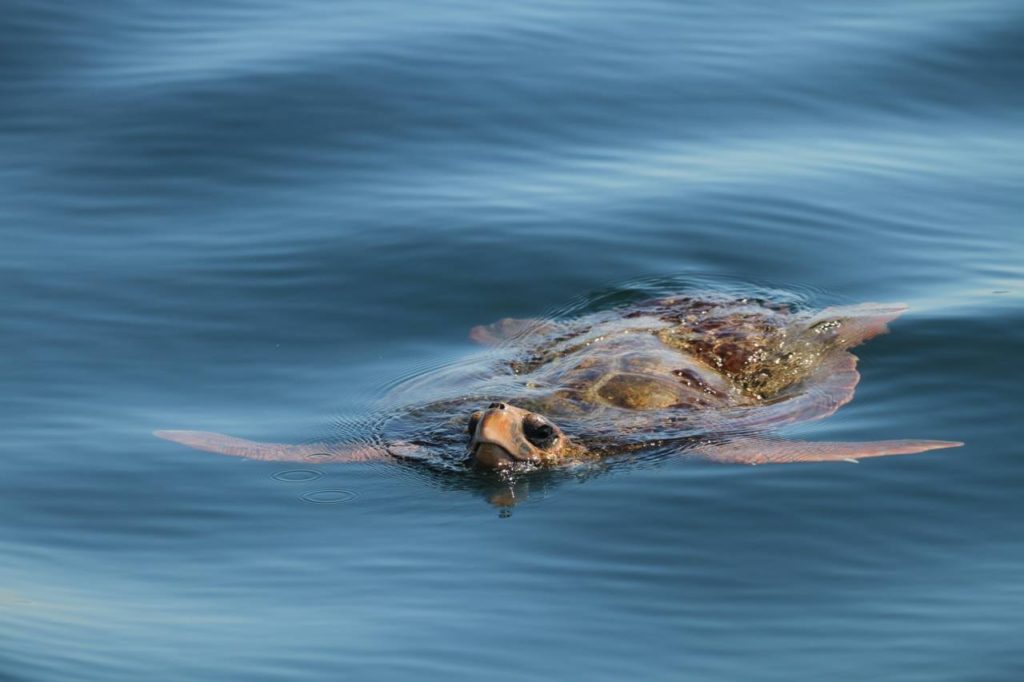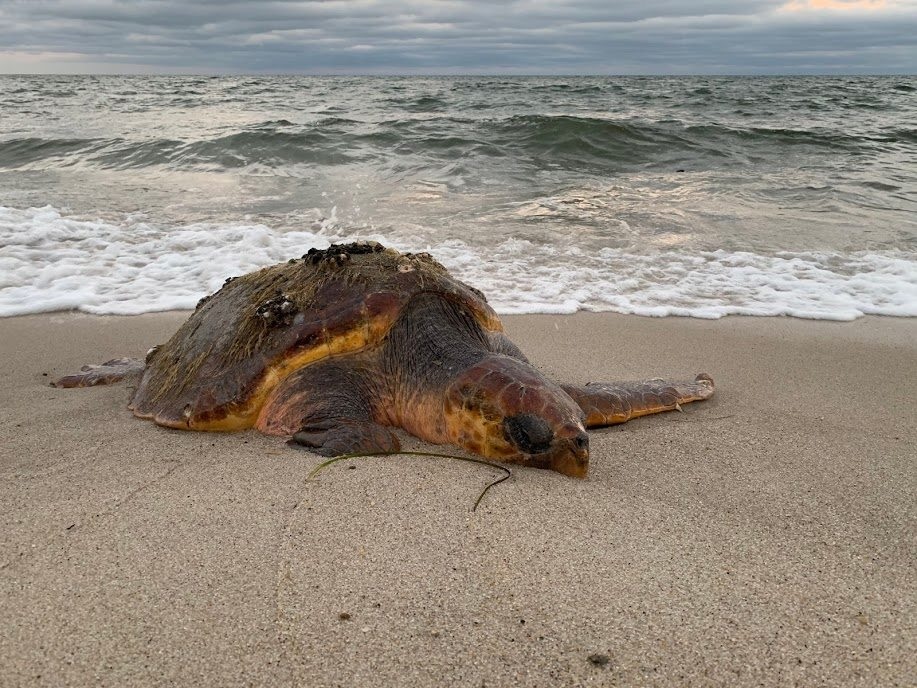World Wildlife Day is a time to appreciate and advocate for nature. As residents or visitors of Massachusetts, we are lucky to be able to enjoy a wide array of wildlife across our landscape – from animals as small as a Bog Copper Butterfly to giant Humpback Whales.
To help you celebrate on March 3, we’ve highlighted some plants and animals you should keep an eye out for as you explore the outdoors this spring!
Blooming Skunk Cabbages
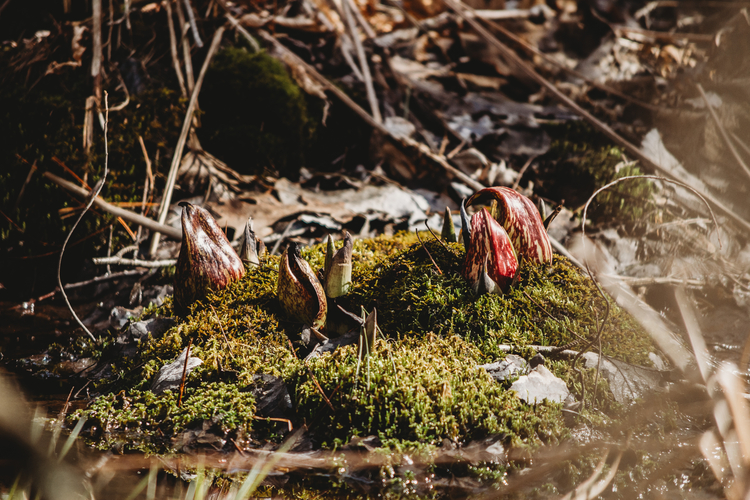
While they may not look like a flower, Skunk Cabbages are one of the first flowers to bloom in the springtime. You can find them sprouting in wetlands with a curved hood-like structure (the spathe) surrounding a round flower-bearing spadix. Eventually, big bright green leaves will emerge. As their name suggests, Skunk Cabbages release a potent, skunk-like smell as it blooms.
“Quacking” Wood Frogs
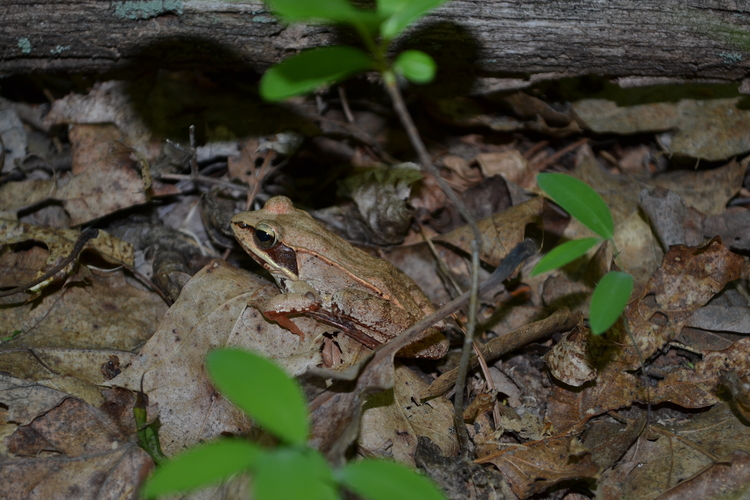
True to their name, Wood Frogs live in forested areas and breed in the vernal pools. They are a brown or tan color, with a dark “mask” covering their eyes. Wood Frogs have ridges running down their sides and no pattern on their back. As you approach a vernal pool, listen for the distinct quacking sounds of the Wood Frogs that have congregated there.
Nesting Carpenter Bees
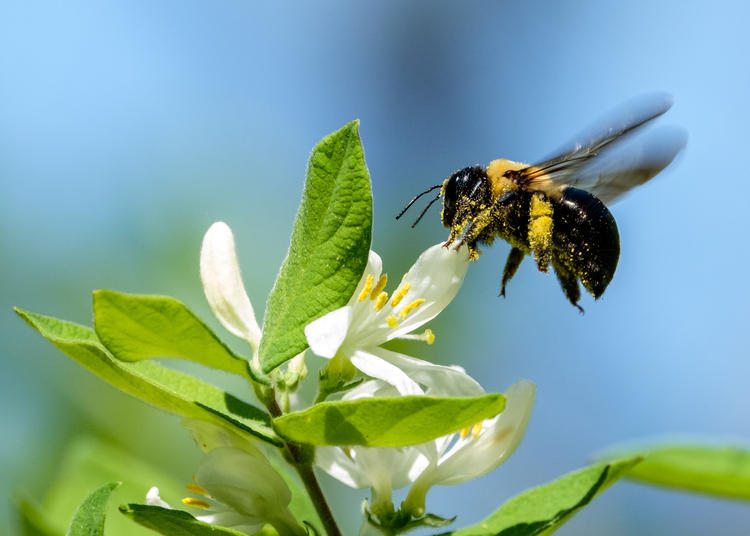
Solitary bees, such as carpenter bees, sweat bees, and mining bees, are a type of bee that overwinter in Massachusetts. Many of these bees are hole-nesters, making their home out of hollowed-out twigs or tunnels in the soil. In the winter, solitary bee eggs develop into larvae and emerge in April as young bees. You can tell the difference between carpenter bees and fuzzy bumblebees by their completely black, shiny, hairless abdomen.
Returning Killdeer
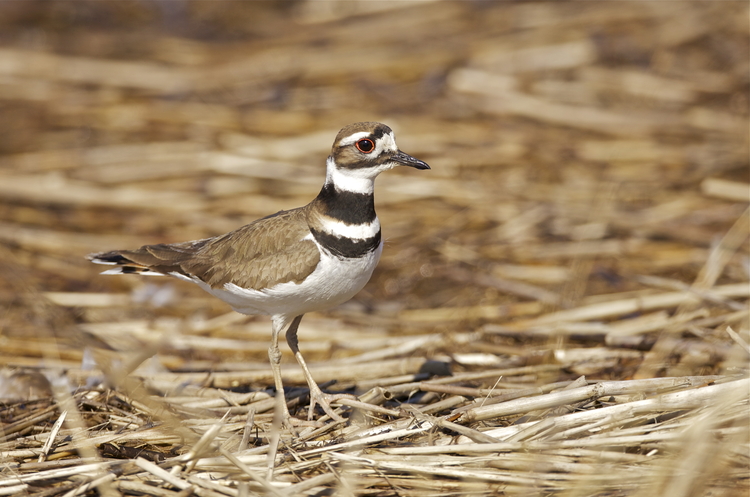
Named after their shrill kill-deer, kill-deer call, Killdeer are one species of shorebird that you don’t need to go to the beach to enjoy. They can be found in fields and pastures, on playgrounds, lawns, unpaved driveways, beach dunes, and other open areas. When a predator ventures too close to their young, the Killdeer parent begins a classic distraction display, which includes flopping along the ground with its wings dragging as though injured and constantly flashing its brightly marked tail to deter the potential threat.
Denning Coyotes
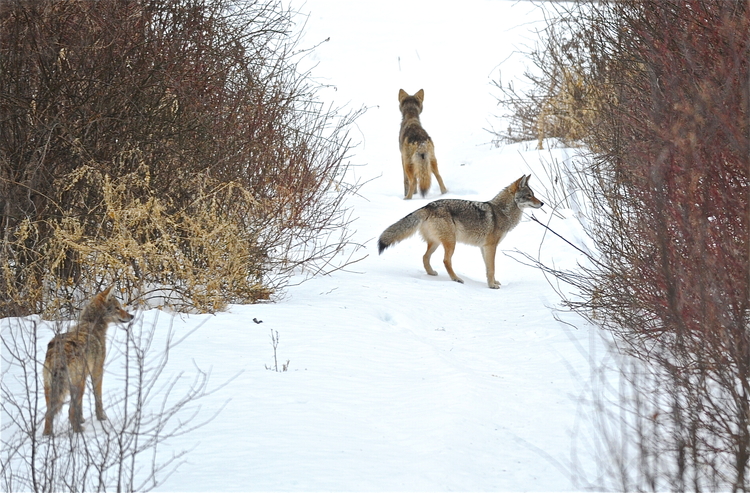
After their mating season wraps up in February, coyotes begin to search for a suitable den site to raise their young. Coyote dens are typically hidden in downed trees, stumps, or culverts. Coyotes resemble a German shepherd in appearance but have pointed ears that stand erect, a more pointed muzzle, and a very bushy tail that hangs down in a vertical position. While you may see coyotes any time of day, they are most active at dawn and dusk. Usually, coyotes will avoid human interaction, but it’s always best to observe them from a distance.
What are you seeing on our adventures? Share in the comments or tag us on social using @massaudubon.


